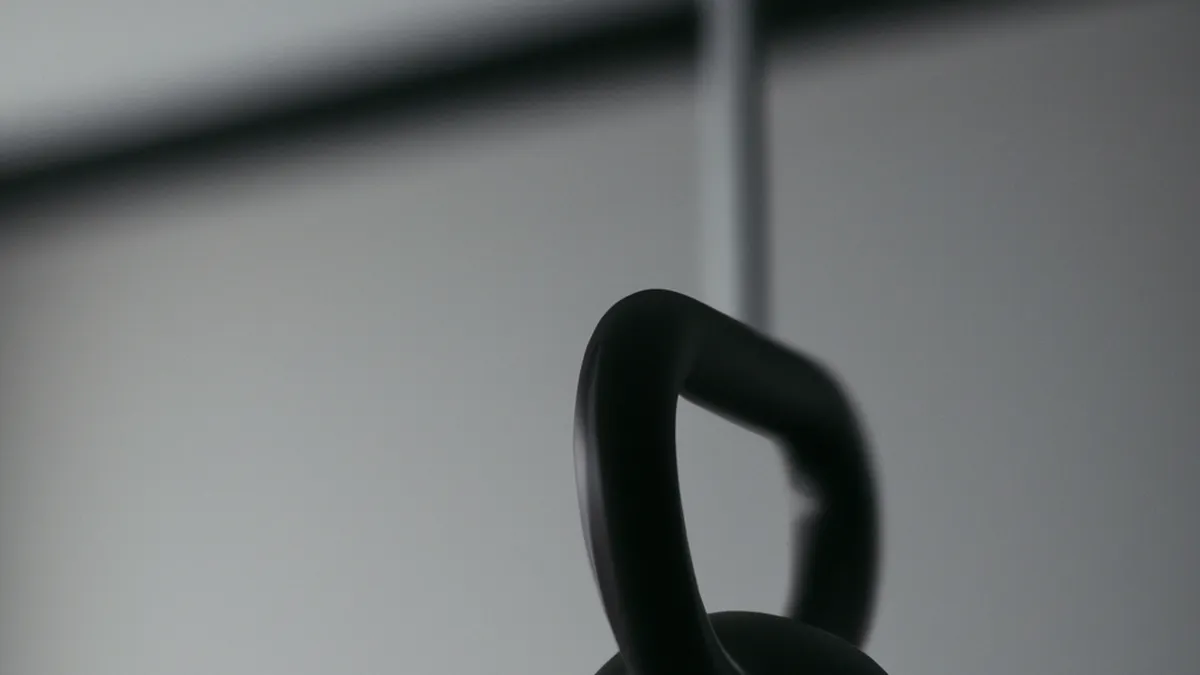Anatomy of the Kettlebell Swing
Mastering Kettlebell Swing MechanicsKettlebell swings powerfully engage multiple muscle groups. They improve strength, endurance, and coordination. Proper technique maximizes benefits and minimizes injury risk. This blog will explore kettlebell swing mechanics, offer tips, highlight mistakes, and discuss benefits.
Understanding the Kettlebell Swing
The kettlebell swing primarily targets your posterior chain, glutes, hamstrings, and lower back. It also engages your core and shoulders. When performed correctly, kettlebell swings elevate your heart rate, providing excellent cardiovascular exercise.
The Starting Position
Stand with feet shoulder-width apart. Place the kettlebell on the floor in front of you. Bend at your hips and knees to grasp the handle with both hands. Keep your back flat and chest up. This position ensures proper alignment for an effective swing.
The Hinge Movement
The kettlebell swing relies on a hip hinge. Push your hips back while maintaining a flat back. Visualize closing a car door with your hips to engage the right muscles. Allow the kettlebell to swing back between your legs. Keep your arms straight and relaxed as guides. This hip hinge loads your glutes and hamstrings, driving the swing.
Tips for Proper Technique
As an Amazon Associate I earn from qualifying purchases.
Gear tip: consider kettlebell, insulated water bottle, and foldable yoga mat to support this topic.
Focus on these key mechanics to maximize kettlebell swing benefits:
Use Your Hips, Not Your Arms
Beginners often lift the kettlebell with their arms. Instead, drive through your heels and explosively extend your hips. Your hips should generate momentum to propel the kettlebell forward. Let your arms guide the kettlebell instead of lifting it. Engaging your hips creates more power and reduces shoulder strain.
Maintain a Neutral Spine
A neutral spine prevents injuries during kettlebell swings. Keep your back flat, avoiding rounded shoulders or arched backs. Engage your core to support your spine and maintain stability. A strong core helps control movements and prevents injuries.
Control Your Descent
As the kettlebell swings down, control the motion rather than letting gravity take over. Hinge at your hips again to prepare for the next swing. This controlled descent engages your muscles and sets you up for the next explosive movement.
Common Mistakes
Avoid common mistakes to improve your kettlebell swings. Ensure proper form and alignment throughout the exercise.
Conclusion
Incorporating kettlebell swings into your routine offers numerous benefits. Focus on technique to maximize results and minimize injury risk.
Below are related products based on this post:
FAQ
What muscle groups are targeted by kettlebell swings?
Kettlebell swings primarily target the posterior chain, including the glutes, hamstrings, and lower back. They also engage the core and shoulders, making them a comprehensive exercise for strength and endurance.
How should I start my kettlebell swing?
To start a kettlebell swing, stand with your feet shoulder-width apart and place the kettlebell in front of you on the floor. Bend at your hips and knees to grasp the handle with both hands, ensuring your back is flat and chest is up for proper alignment.
What is the importance of maintaining a neutral spine during kettlebell swings?
Maintaining a neutral spine is crucial for preventing injuries while performing kettlebell swings. A flat back, combined with core engagement, helps to support your spine and maintain stability throughout the movement.















Post Comment